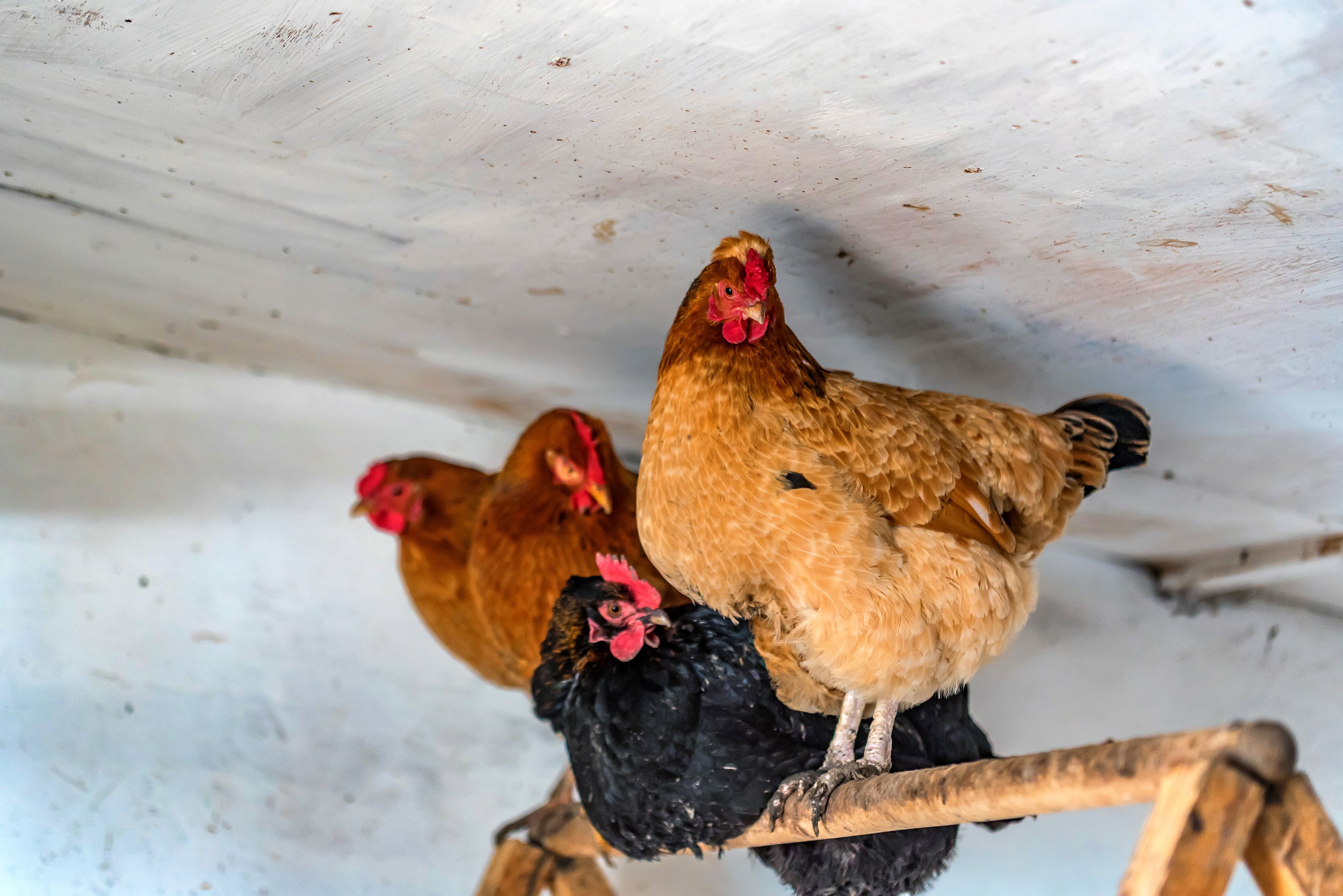



5 COVID-19 trends affecting backyard and commercial poultry
In the past few months, coronavirus has created major shifts in the poultry industry. While the illness cannot be transferred between birds and humans, all workers are at risk of exposure from family, friends, or colleagues.Production protocols have changed as a result, and the following five trends must be taken into consideration.
Pricing
While some meat has increased in price due to COVID-19, poultry prices are on a downward trend. This has resulted from lower demand from restaurants and an increase in euthanizations due to production factory closures. In March 2020 prices were about $0.79/lb, compared to the three-year average of $1.02/lb. In April, the USDA composite price went down by $0.32/lb within the first two weeks. The result of these price drops is slower chick replacement, and this will have long-term effects on the industry.
Realigning processing workstations
Any processing that is done with people from multiple households should follow the CDC guidelines. The following procedures are being put into wide practice, and are highly recommended:
- Partitions separating workers from each other.
- Do not position workstations so that workers are facing each other. If no other options are available, ensure the workers are six feet apart.
- To prevent aerosol/airborne spread, do not angle fans so that the air blows across multiple people.
- Designate handwashing stations, or hand sanitizer stations with 60 percent alcohol.
- Keeping a separate set of clothes and shoes for working with poultry. These clothes should not be worn more than once without washing. When washing, the clothes should be handled with gloves, and cycled at the warmest setting.
- PPE (Personal Protective Equipment) such as gloves and face masks should be worn at all times when handling and processing poultry.
- $5/chick (of a common breed), or $25/hen
- $150-6,000/coop, depending on the size and material
- $3-100/feeders
- $13-25/50lb bag of feed
- $5/bale of bedding
- $5-10/simple nesting boxes or perches

Maintaining a clean environment
Cleaning procedures should be undergone more frequently than before, particularly in regard to personal hygiene. Some measures to take include:
Another consideration is that, while coronavirus does not transfer from birds to
humans, salmonella does. The same cleaning and hygiene procedures used to prevent salmonella should be maintained through the coronavirus outbreak.
Increased demand for chicks
The popularity of raising chicks in the backyard has increased massively during COVID-10. Consumers are producing their own food in order to avoid illness or contamination. However, many Americans are unaware of the time and money it takes before production can begin. Chickensandmore.com estimates the following costs:
On top of the costs of raising chickens, some new owners do not realize that new chicks won’t produce for months. Before buying/selling chicks for backyard poultry, ensure that both parties understand the investment.
To avoid social contact when buying chicks, they can be shipped via mail, but this may be delayed due to increased demand. The main concern when receiving chicks is touching surfaces with the virus and then touching the eyes, nose, or mouth. The virus stays on cardboard surfaces for 24 hours, and stays on plastic and steel for two to three days. Gloves should be worn at all times, and hands should be washed as soon as the gloves are removed.
Screening
Screening is essential so that all poultry handlers stay healthy; illness means that the chickens have less help, and production will be stalled. Proper screening includes taking temperatures before working or handling. No one with a temperature of 100.4 degrees or higher should help in production. Additionally, everyone should be asked if they have symptoms like a cough, chills, or difficulty breathing. With backyard coops, this may mean assessing neighbors and other visitors before they enter the home or yard.
The trends created by COVID-19 will likely continue for months to come. Therefore, it is important to acknowledge them right now, and assess how they change or develop as information about the virus is updated.









